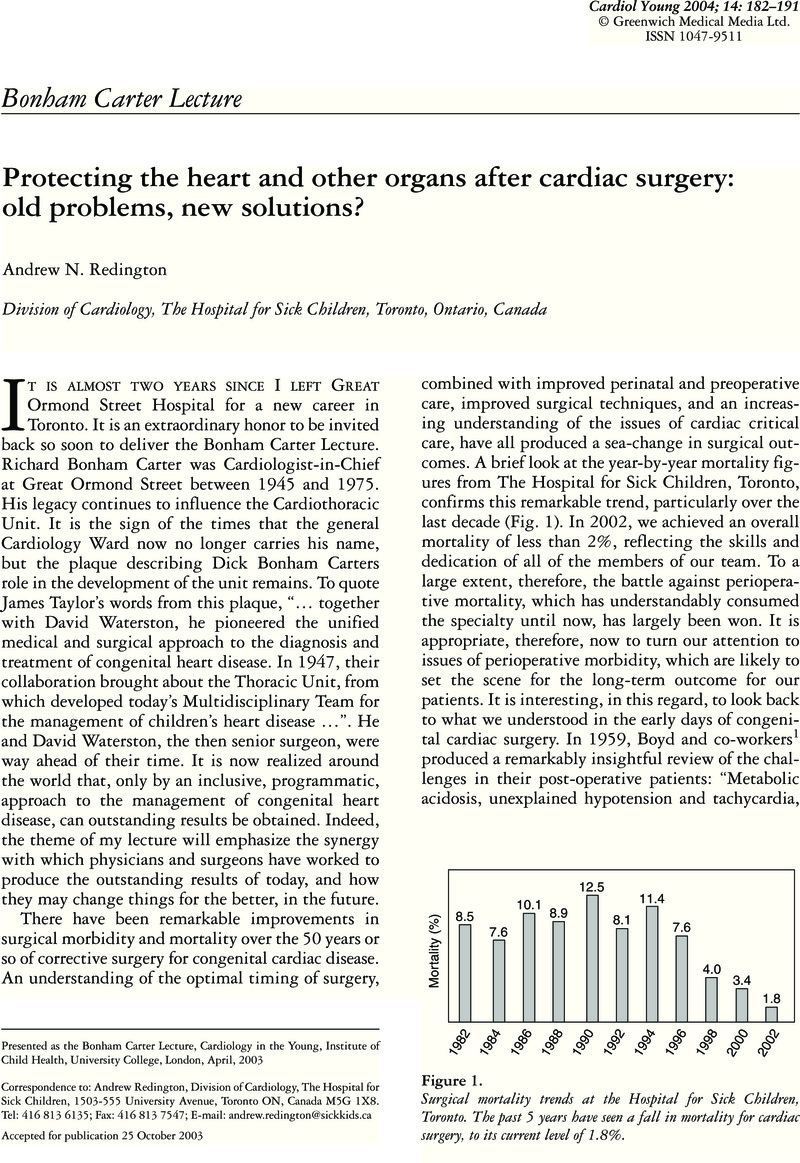Crossref Citations
This article has been cited by the following publications. This list is generated based on data provided by Crossref.
Stocker, Christian F
and
Shekerdemian, Lara S
2006.
Recent developments in the perioperative management of the paediatric cardiac patient.
Current Opinion in Anaesthesiology,
Vol. 19,
Issue. 4,
p.
375.
Walsh, Mark A.
Lee, Kyong‐Jin
Chaturvedi, Rajiv
Van Arsdell, Glen S.
and
Benson, Lee N.
2007.
Radiofrequency perforation of the right ventricular outflow tract as a palliative strategy for pulmonary atresia with ventricular septal defect.
Catheterization and Cardiovascular Interventions,
Vol. 69,
Issue. 7,
p.
1015.
Walsh, Mark A.
and
Humpl, Tilman
2009.
Congenital Diseases in the Right Heart.
p.
183.



